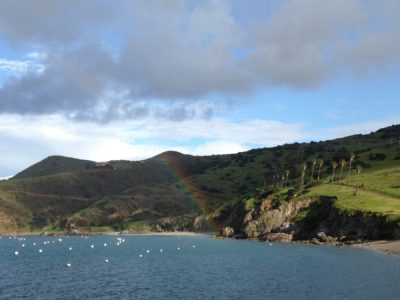
Life was once thought to be completely dependent upon our closest star, the sun. Even in the deep, dark depths of the ocean where no light penetrates, organisms ultimately rely on the productivity from the sun-bright shallows above for their food. In 1977, scientists discovered that this belief was wrong. At the bottom of the Pacific ocean, near the Galapagos Islands, a team tasked with photographing the Galapagos rift found something no one thought was possible. An abundance of life. An area that was thought to be akin to a desert now resembled a rainforest. How was this possible?

 Chemosynthesis. When organisms use energy from chemical reactions to create food. These chemical reactions are spewing from the ocean floor—from hydrothermal vents. A hydrothermal vent is a fissure, or a crack in the planet’s surface. The vents are created when seawater meets magma. As the cold seawater is heated by magma a series of chemical processes take place. The water becomes acidic and metals begin to leach from rocks, as this new fluid rises and reaches the ocean—cold and oxygen laden—once more, chemical reactions quickly begin to occur and create compounds like hydrogen sulfide and carbon dioxide. These compounds are absorbed by bacteria who then use them to chemosynthesize. These bacteria are the base of the food chain for the hydrothermal vent ecosystem. Mussels, clams, giant tube worms, and crabs flourish here.
Chemosynthesis. When organisms use energy from chemical reactions to create food. These chemical reactions are spewing from the ocean floor—from hydrothermal vents. A hydrothermal vent is a fissure, or a crack in the planet’s surface. The vents are created when seawater meets magma. As the cold seawater is heated by magma a series of chemical processes take place. The water becomes acidic and metals begin to leach from rocks, as this new fluid rises and reaches the ocean—cold and oxygen laden—once more, chemical reactions quickly begin to occur and create compounds like hydrogen sulfide and carbon dioxide. These compounds are absorbed by bacteria who then use them to chemosynthesize. These bacteria are the base of the food chain for the hydrothermal vent ecosystem. Mussels, clams, giant tube worms, and crabs flourish here.

The latest data from NOAA explains that there are potentially 550 hydrothermal vent sites around the world. Only 5% of the ocean’s floor has been mapped—who know what else we might find down there.



